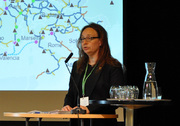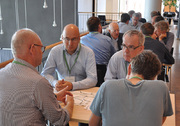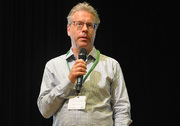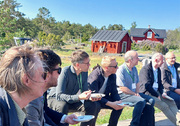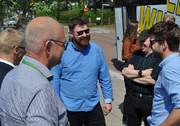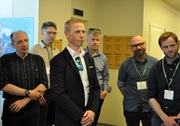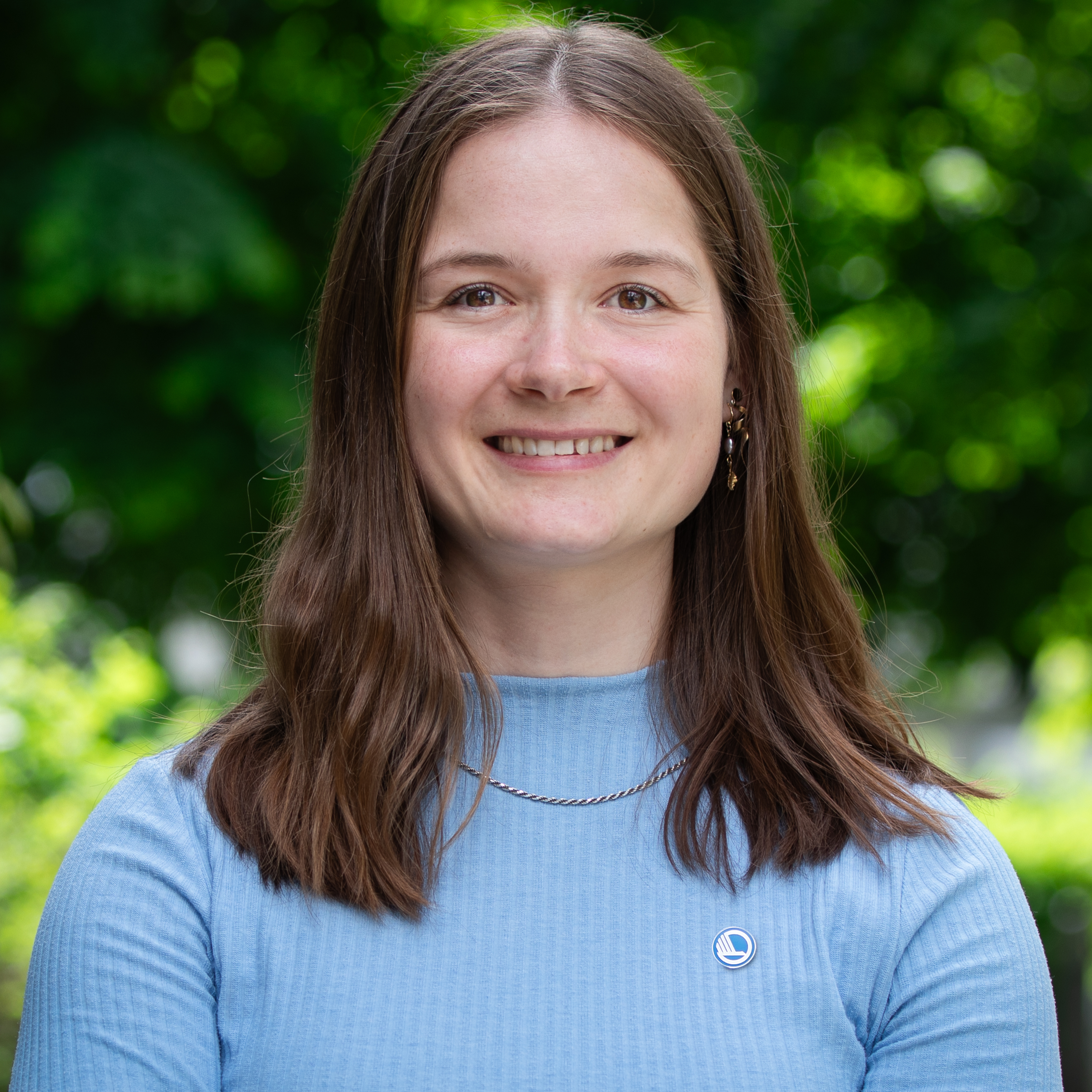
Net Zero Islands Network in Åland
With Åland actively working towards becoming a sustainable island, Mariehamn was an exemplary location as the Net Zero Energy Islands Network gathered for a joint seminar on 27–28 May. Co-organised by Nordic…
With Åland actively working towards becoming a sustainable island, Mariehamn was an exemplary location as the Net Zero Energy Islands Network gathered for a joint seminar on 27–28 May. Co-organised by Nordic Energy Research and the Government of Åland. The Ålandic government’s plan is to develop 4 GW of offshore wind energy within its territory and potentially produce green hydrogen to supply the region as an energy hub, and central themes of the two-day seminar was the developments of offshore wind power as well as green hydrogen production for isolated areas. These issues were also discussed in relation to an associated market and to socio-economic impacts.

After a guided tour through the Government of Åland’s facilities and an introduction to Åland’s political structure, the seminar began with a session on Åland’s energy system, with presentations from Conny Rosenberg, CEO of Kraftnät Åland, Berndt Schalin, CEO of Flexens, and Yvonne Österlund, Senior Engineer at the Government of Åland.
“It is possible to do 100% renewable energy in Åland”
Rosenberg explained that there are four ways to describe how large the green share of electricity consumption is: by looking at the yearly energy use, the hourly energy use, the residual mix, or by following the money. “On a yearly basis, 65% of the energy consumption is green, while on an hourly basis, it’s 52%. In both cases, wind accounts for the main part. But according to the residual mix, only 30% is renewable, and if you follow the money, just 10% of consumption is sold to grid operators for renewable energy,” said Rosenberg.
However, he would say that it is possible to do 100% renewable energy in Åland, at least on a yearly basis. “In addition, we thought that Åland had very secure cables, with electricity grid connections to both Sweden and Finland, but with the war in Ukraine, we’ve realised that we need more energy security.”

Conny Rosenberg, CEO of Kraftnät Åland.
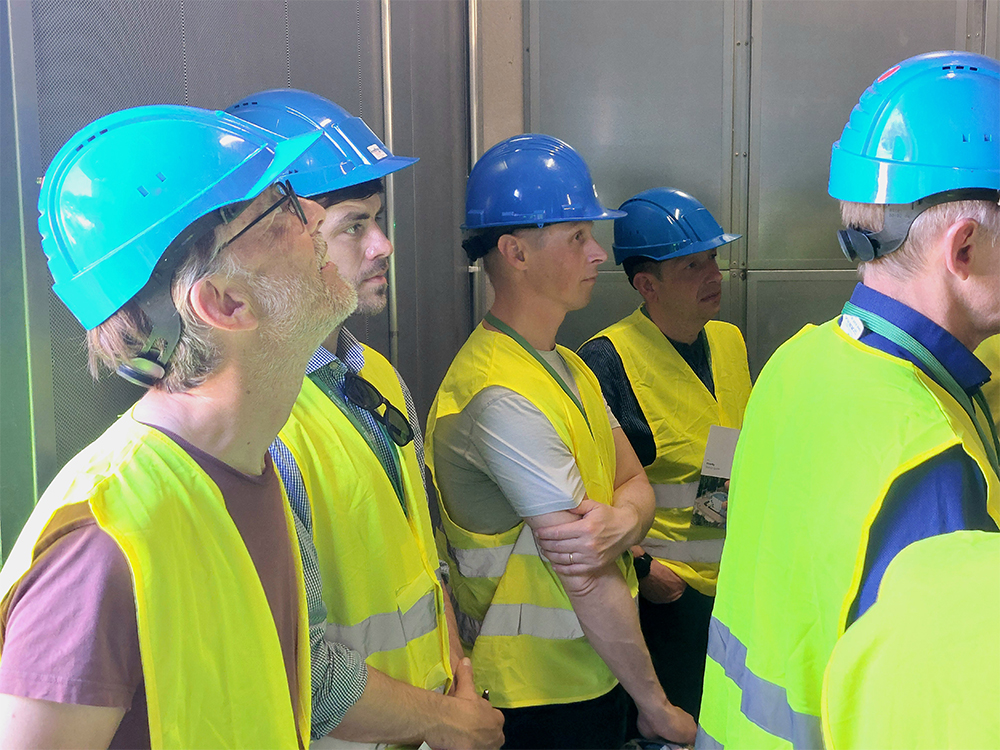
In addition to his presentation, Rosenberg gave the group a guided tour at the visit to the HVDC-station in Ytterby.
A leading green energy hub in the Nordic
The next session showcased sustainable energy efforts in remote regions, exemplified by projects from Åland as well as the Faroe Islands, Bornholm, the Shetland Islands, Greenland, and Canada.
Presentations were held by Joel Fenel, Energy Developer, Department of Infrastructure at the Government of Åland, Anders Wiklund, Island Ambassador of OX2 Åland, Sigurð í Jákupsstovu, CEO of Faroese Environment Agency, Kári M. Mortensen, Head of Energy Department at the Faroese Environment Agency, Søren M. Christensen, CEO of Baltic Energy Island, Denmark, Tom Wills, Development Director at Voar, Esben L. Madsen, Operation Consultant at Nukissiorfiit, and Michael Ross, Industrial Research Chair in Northern Energy Innovation at Yukon University.
In his presentation, Wiklund discussed how to make Åland the leading green energy hub in the Nordics. “Åland has uniquely good prerequisites for renewable energy: it is the windiest place in the Baltic Sea, it is one of the sunniest places in the Nordic, and it is located between two big regions that are screaming for green energy: Stockholm and southern Finland.”
Therefore, Åland has a vision of becoming the leading Nordic green energy hub by 2030. “We’re working towards this vision by means of six offshore wind projects, two of which are Noatun North and Noatun South. These windfarms will have a total capacity of 8 GW, amounting to the world’s largest offshore wind project. If the Noatun South and Noatun North projects can be fully implemented, they’ll be able to supply 40 TWh of electricity per year, equivalent to the annual electricity consumption of 8 million households,” said Wiklund.

From left: Daniel Gear, Managing Director of Voar, Conny Rosenberg, CEO of Kraftnät Åland, Tom Wills, Development Director of Voar, and Joel Fenel, Energy Developer, Department of Infrastructure, Government of Åland.
Initiatives from Åland continued to inspire and although the islands and remote areas represented at the seminar were different in many ways, the participants could share and gain a great deal of knowledge among each other. This was, for instance, emphasised by Wills: “If the seminar would end now, after only a few sessions, I would already go home with significant lessons learned. Me and Daniel Gear, Managing Director of Voar in the Shetland Islands, are happy to get insights into strategies and experiences from Nordic perspectives. We will bring this knowledge back to Shetland.”
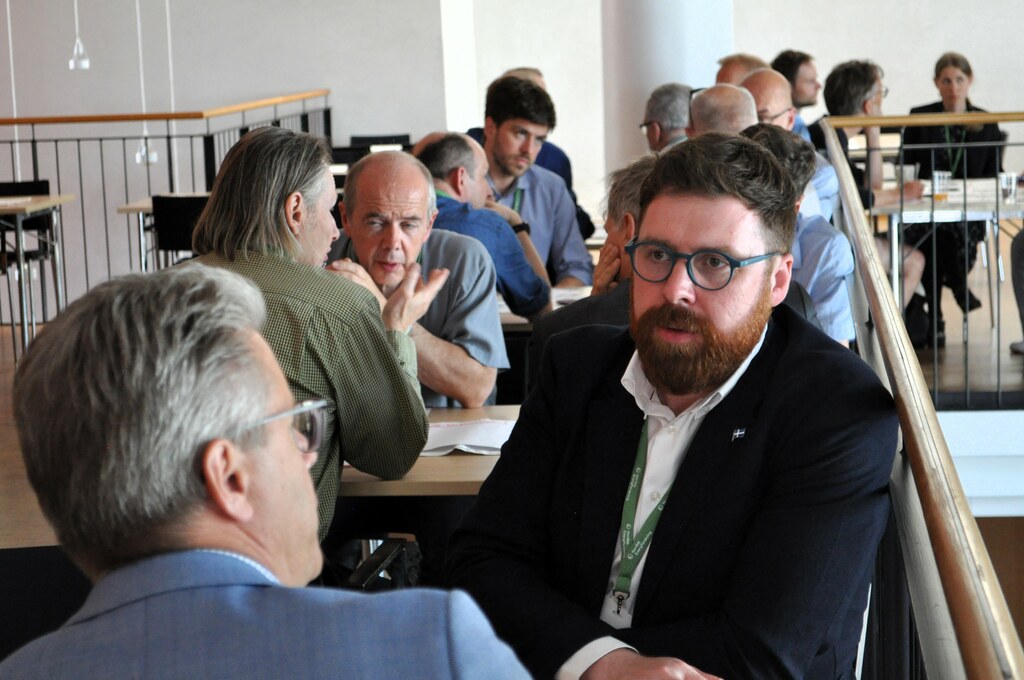
Daniel Gear, Managing Director of Voar, during one of the group discussions.
Wills’ colleague Gear did also hold a presentation at the seminar, raising the issue of poverty among the Shetland islanders and asking who should benefit from the resources of a place. “Shetland has the largest oil terminal and onshore windfarm in the UK but at the same time the highest rate of fuel poverty in Scotland. And although Shetland has the lowest unemployment rate in the country, 42% of Shetland households live below the minimum income standard, with one in seven children living in poverty.”
This put a focus on the importance of including local communities when making use of the energy sources their regions offer—an aspect that underpinned the seminar at large. Among others, Mikkel Thomassen, CEO of Smith Innovation, called attention to the socio-economic dimension at the grass-roots level when it comes to energy development: “The Åland seminar is important for mainly two reasons: from a technological and economic point of view as well as from a social one. The technological initiatives and economic investments are accelerating, and parallelly, the community as a stakeholder in the green energy transition is increasingly taken into consideration. This progress is evident from the presentations and discussions taking place here today.”
However, the economic side of developing sustainable energy has conventionally been focused on a ‘big’ economic context rather than the’smaller’ economy on a local level, according to Thomassen. “It’s important to address locally based economies too, as the green energy transition brings great opportunities for business development on islands and remote areas. How can we create local wealth and a just transition for all?”

Mikkel Thomassen, CEO of Smith Innovation.
Key issues for green and just energy development
Community engagement was far from the only topic discussed during the two-day seminar. Both days concluded with group sessions aimed at reviewing challenges for islands and isolated areas regarding large-scale offshore wind energy and hydrogen, as well as preferred activities for solving such challenges.
To summarise some of the issues raised, there is a need and interest to:
- Develop a database to share experiences from case studies concerning the planning and implementation of renewable energy projects.
- Enhance the capability to deal with large-scale renewable energy projects in small-scale communities, especially in relation to hydrogen and e-fuels.
- Investigate the pre-commercial stage of new technologies associated with high risk and uncertainty.
- Develop and implement community ownership models and measures to enable a just transition.
- Investigate tendering processes that ensure all stakeholders in the value chain benefit from the renewable energy projects, from the developer to the consumer.
Through comparative studies, further discussions, and cooperation, the Net Zero Islands Network aims to explore these issues.
The next seminar will be held in September in Akureyri, Iceland, where we strive to illuminate another crucial challenge for islands and isolated areas: how to enable a green transition in the transport sector. This seminar will be co-hosted with Orkustofnun and Rannís.

